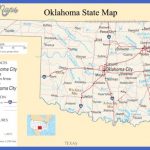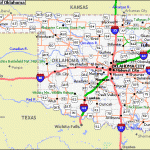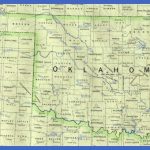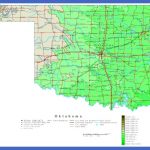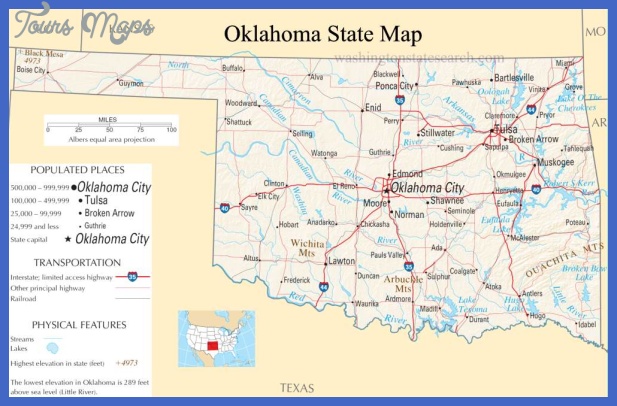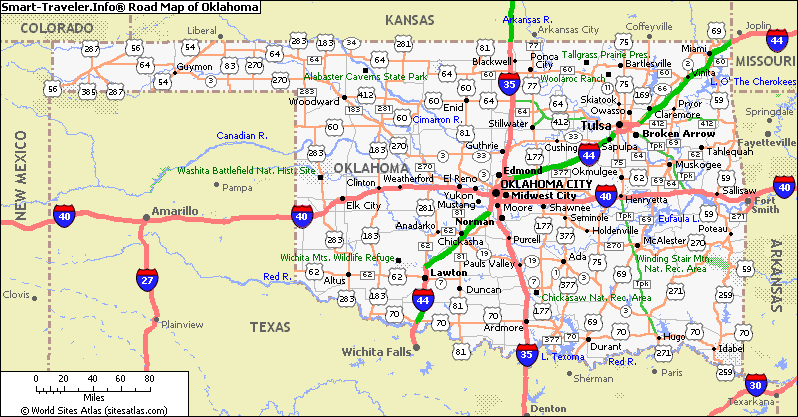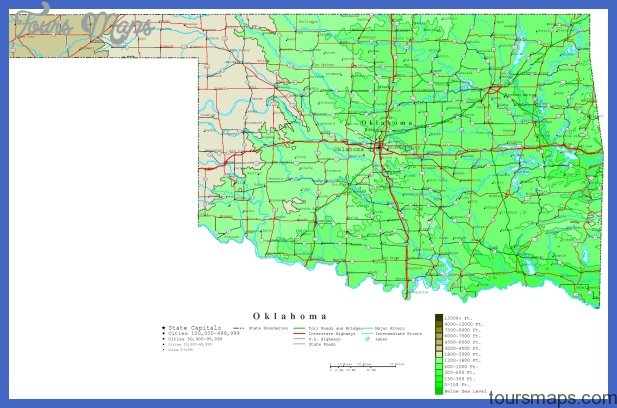Oklahoma Issues in the Latino Community Today
The Latino community of Oklahoma is increasingly making a visible mark, moving from transience and itinerancy to settling and permanence. The Latino community has been showing signs of organization, as its members have started addressing concerns and needs of the community in areas such as business ownership, immigrants’ rights, advocacy, and cultural life. This coordination is reflected in the numerous Latino organizations at the state and local levels. Some notable organizations to have sprung up over the past decade are the Coalition of Hispanic Organizations (COHO), Coalition for the American Dream, Latino Community Development Agency, the Hispanic American Foundation, and the Hispanic Chamber of Commerce. Responding to the rapid change in the demographics of the state since the early 1990s, a growing number of government organizations and churches, as well as civic, educational, and economic resources have emerged.
The state of Oklahoma has established the Governor’s Hispanic Council for Latin American Affairs and Task Force for the Advancement of Hispanic Students, and the cities of Tulsa and Oklahoma have Hispanic Affairs commissions as well. Despite these advances at the institutional level, there are still many obstacles and barriers facing the Latino community. Among them is the need for more trained bilingual police officers, health care providers, and educators. Many local businesses and banks are jumping at the opportunities to expand the Latino market. Recently, Arvest Bank has begun offering wire transfer services, Spanish-language literature, and more bilingual tellers as a way to reach out to Latino customers. Together, these initiatives indicate that the broader community is responding to the growing demographic changes of the state.
For second- and third-generation Latino youth who speak English, day labor and farmwork, to which much of their parental generation had been tied, is undesirable. Their plans are to pursue a college education and to move away from the labor-intensive work that characterized the preceding generation. In this way they demonstrate much of the convention of assimilation, which is centered on notions of social mobility, for the offspring of migrants. At the same time the preservation of Spanish as well as other cultural characteristics is strong in many Latino households, which reflects commitment to family and a shared sense of collective responsibility towards co-ethnics. In this way many second- and third-generation Latino Americans in Oklahoma reflect both assimilation and cultural heritage awareness. It appears that Oklahoma is at a pace with much of the rest of the nation, becoming a more multicultural and ethnically diverse state. Mexicans and other Latinos of Oklahoma are joining the changing social landscape of contemporary America. At various levels of commitment, private and public institutions are finding ways to respond to the changing cultural dynamics before them.
Map of Oklahoma Photo Gallery
Maybe You Like Them Too
- Explore Les Accates, France with this Detailed Map
- Explore Góra Kalwaria, Poland with this detailed map
- Explore Gumdag, Turkmenistan with this detailed map
- Explore Telfes im Stubai, Austria with this detailed map
- Explore Langenselbold, Germany with this detailed map

